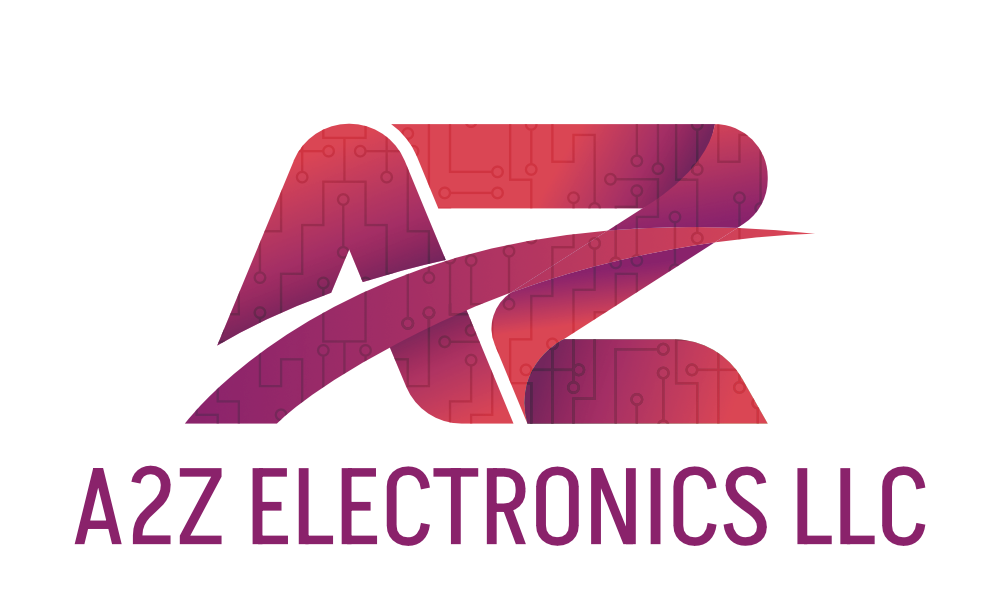What Is Soldering Flux? The Essential Guide for Electronics Projects
- Harshit Shah

- Aug 19
- 5 min read
Updated: Nov 22

If you have worked on electronics projects, you know that soldering is a skill every builder should understand. It is the process that allows different electronics components to be connected so they can function together. While many focus only on the solder itself, another material plays a big role in the quality of those connections — soldering flux material.
Flux is more than just something you apply before heating up your soldering iron. It prepares the surface for a cleaner and stronger bond, reduces the chances of electrical failure, and helps you work more efficiently. In this guide, we will explore what does flux do when soldering, the different flux types, how to apply flux, and how to select the right one for your project so your work lasts and performs well.
Key Takeaways
Soldering flux material cleans and prepares metal surfaces, ensuring stronger and more reliable solder joints.
Understanding what does flux do when soldering helps prevent oxidation and improves solder flow for better conductivity.
The main flux types — rosin-based, water-soluble, and no clean — each offer unique benefits for different soldering needs.
Choosing between flux vs soldering paste depends on project size, precision
needs, and cleaning requirements.
Knowing how to apply flux correctly extends the lifespan and appearance of soldered connections in electronics projects.
Table of Contents
What Is Soldering Flux in Electronics?
In electronics, soldering flux is a chemical cleaning agent used before and during the soldering process. It prepares the metal surfaces by removing oxidation and keeping it from forming while you work.
If you have ever wondered what flux does when soldering, the short answer is that it cleans, protects, and helps the solder bond to the metal surface. Without it, you risk weak joints, unreliable conductivity, and frustrating troubleshooting later on.
Why Is Soldering Flux Important in Electronics Projects?

When you solder without flux, the results can be weak or unreliable. Oxidation on copper or other metals can prevent solder from attaching correctly, resulting in poor electrical connections.
Flux ensures a strong electrical and mechanical bond, helping your circuits perform consistently. Understanding how to use soldering flux can improve the quality of every connection. Even if the solder wire you use already contains some flux inside, adding external flux often produces cleaner joints and better overall results.
Read our new blog on : Open Circuit vs Short Circuit: Key Differences & Fixes
Types of Soldering Flux and Their Benefits
Different flux types are available, each with specific uses. Choosing the correct one can have a big impact on the quality of your work.
Rosin-based flux
This is a traditional choice for electronics work. It is derived from natural resin and is non-corrosive when solid, making it safe for long-term use in most circuits. Rosin flux is excellent for cleaning lightly oxidized metal surfaces and provides stable performance over time. Many hobbyists and technicians prefer it because it is reliable and well-tested in the industry.
Water-soluble flux
This type uses stronger cleaning agents, often organic acids, to aggressively remove oxidation and impurities. It is highly effective on surfaces that are more heavily oxidised or dirty. However, it requires thorough cleaning after soldering because the residues can be corrosive if left behind. It is common in manufacturing environments where cleaning processes are built into production.
No clean flux
Designed for situations where post-solder cleaning is difficult or costly, no-clean flux leaves minimal residue that is generally safe to remain on the board. It works well for modern PCB production and assembly, where efficiency is important. While it may not be as strong in cleaning as water-soluble flux, it balances performance with convenience.
Selecting the right type not only improves the strength of your solder joints but also affects their appearance, reliability, and how much post-solder cleanup is needed.
Purpose of Soldering Flux
Flux is not just an accessory — it serves several important purposes that directly influence the success of your soldering work:
Cleaning metal surfaces – Flux removes dirt, oxidation, and contaminants that can block solder from bonding.
Stopping oxidation during soldering – When metals are heated, they react quickly with oxygen in the air. Flux creates a protective layer that keeps oxidation from forming during the soldering process.
Helping solder flow smoothly – By lowering the surface tension, flux allows molten solder to spread evenly over the joint area, resulting in cleaner and stronger connections.
Creating a strong bond – Flux ensures that solder adheres firmly to both the component lead and the pad on the circuit board, improving both electrical conductivity and mechanical durability.
When you apply flux correctly, it acts as a shield between heated metal and oxygen. This not only results in a cleaner joint but also increases the lifespan of the connection by reducing potential corrosion over time.
Applications of Soldering Flux

Flux is used in:
Repair and replacement of components
Joining wires together
Surface mount device soldering
Metalwork and jewelry making with specific formulations
In electronics work, it is an important material for both beginners and experienced professionals.
Soldering Flux vs Soldering Paste: Which Is Better for PCB
Many ask about flux vs soldering paste or solder flux vs paste. Soldering paste contains very small solder particles mixed into flux. Flux alone cleans and prepares surfaces, while paste is used to place solder in accurate spots during assembly.
For manual soldering, separate flux and solder wire are often preferred. For large-scale PCB assembly, soldering paste is widely used because it speeds up the assembly process and improves accuracy in automated systems.
How to Choose the Right Soldering Flux for Your Electronic Project?
To choose the correct flux, think about:
The type of metal being soldered and its tendency to oxidize.
The surface condition of the metal, whether it's clean or heavily oxidized.
If cleaning the board after soldering is possible or practical for your project.
How much cleaning strength is needed to remove contaminants or oxidation?
The type of solder alloy you're using, such as leaded or lead-free solder.
Whether you're doing manual soldering or automated PCB assembly.
How much residue can your application tolerate on the finished board?
The compatibility of the flux with your soldering method or process.
For delicate electronic boards, rosin-based or no-clean flux is a good option. For heavily oxidized metal surfaces, a water-soluble flux can work better, but it must be cleaned completely afterward.
Conclusion
Soldering flux plays a big role in creating strong and reliable solder joints. By understanding what does flux do when soldering, the different flux types, and how to use soldering flux correctly, you can improve the quality and durability of your electronics work. From building a new PCB to fixing a broken wire, the right flux helps you achieve a better result every time.
Ready to bring your electronics ideas to life with more precision and reliability? Explore our range of high-quality flux and soldering tools designed to make your work easier, cleaner, and more reliable. Get in touch with us today to find the right products for your next build and receive expert guidance for your projects.






